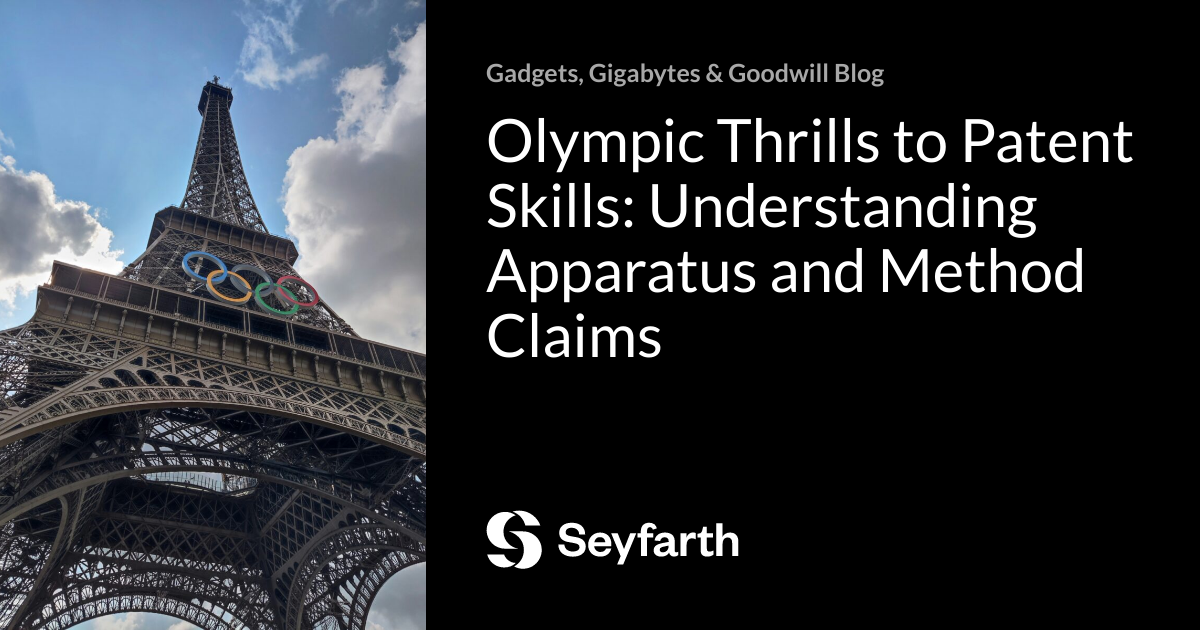This year’s Olympic Games have already been packed with compelling storylines. These storylines include the somewhat controversial opening ceremony to Yusuf “hold my beer” Dikec winning hearts and the silver medal in pistol shooting, and Simone Biles clinching her tenth gold medal (with more possibly on the way). Adding to the Olympic headlines, on August 4, USA’s Noah Lyles added to the Olympic headlines by edging past Kishane Thompson, from Jamaica, to win his first Olympic gold medal with a lifetime best of 9.784 seconds, just 0.005 seconds ahead of Thompson’s 9.789. The result was not clear until nearly a full minute after crossing the finish line, as the competitors waited nervously for the photo finish details.
The photo finish finds its origins in horse racing. Before the advent of photography, close races were judged by three stewards stationed at the finish line, often resulting in disputes and controversy. As horse racing and betting became more popular in the early 20th century, the need for a more precise method to determine race outcomes grew.
The earliest known racetrack photo finish images were captured in 1890 by John Charles Hemment, a pioneer in action photography. Hemment’s method involved a horse breaking a thin thread at the finish line, triggering the camera’s shutter. This technique was far from perfect, as it often failed to capture the exact finish line moment and could not record the positions of other horses.
In the 1920s, motion picture cameras began to record races, but their low frame rates made it difficult to determine the exact moment horses crossed the finish line. The breakthrough came in 1937 when Hollywood icon Bing Crosby opened the Del Mar Thoroughbred Club and enlisted Paramount Pictures engineer Lorenzo Del Riccio to develop a better solution. Del Riccio’s circular flow camera, first used on Del Mar’s opening day, revolutionized finish line photography for horse racing and other sports. His camera quickly became popular, with race tracks across the country eager to purchase it.
Del Riccio’s camera had a unique design featuring a thin, vertical slit that limited its field of vision to a four-inch slice. Positioned above the track and aligned with the finish line, the camera recorded as strip film moved across the slit at the same speed as the horses, capturing them from nose to tail. This continuous motion resulted in distorted horse lengths but accurately depicted the order of finishes.
Del Riccio set about to solve the problem through the use of a tapered or angular slit, known as the V-slit. In March 1939, Del Riccio filed a patent application for this new camera. The inventions associated with this new technology issued as U.S. Patent Nos. 2,320,350 and 2,382,617. The ‘350 patent is directed to a camera (i.e., an apparatus claim), while the ‘617 patent is directed to a method of making a photographic record.
In the race to secure patent protection, apparatus claims and method claims vie for the gold, each excelling in distinct arenas to champion the inventor’s cause. Apparatus claims, also known as device or product claims, focus on the tangible aspects of an invention. These claims detail the specific parts and their arrangement within the device, highlighting the configuration and interaction of these components. The scope of protection extends to any device featuring the claimed elements in the described way, ensuring that even if the apparatus is used differently, it can still infringe on the claim if it has the same structure. For instance, the apparatus claims of the ’350 patent describe the specific parts and the structure of Del Riccio’s camera. Thus, anyone who manufactures, imports, or sells a camera that reads on each element of the claim would have infringed the ‘350 patent.
On the other hand, method claims, also known as process claims, resemble a meticulously choreographed Olympic routine, describing a series of steps or actions performed to achieve a specific result. These claims focus on the process rather than the physical components, outlining the individual steps required to perform a task or achieve an outcome. The protection covers the specific method described, meaning that if someone uses the same process steps, even with different equipment, it could infringe on the method claim. For example, in the ‘617 patent, the method involves positioning a camera aligned with the finish line, projecting contestant images onto a moving light-sensitive surface at the same speed, and confining the exposure to a narrow strip aligned with the finish line. Thus, anyone using these same steps would infringe the ‘617 patent. It’s important to note that a manufacturer of a product capable of performing these steps would not necessarily infringe the method. However, infringement may occur if the manufacturer provides express instructions that induce a user to perform the method’s steps.
The key differences between apparatus and method claims lie in the nature of protection, the criteria for infringement, and their flexibility. Apparatus claims protect the physical embodiment of an invention, with infringement occurring if someone makes, uses, sells, or imports a device that includes all the claimed features. Conversely, method claims protect the steps or processes of making or using an invention, with infringement occurring if someone performs the claimed process, regardless of the equipment used.
Understanding these differences is crucial for inventors and businesses, as it aids in crafting robust patents that offer comprehensive protection for innovations, whether they are new devices or novel processes. In the competitive arena of patent protection, asserting and/or obtaining an apparatus claim or a method claim can be the difference between a bronze medal and a photo-finish gold.
“With approximately 900 lawyers across 17 offices, Seyfarth Shaw LLP provides advisory, litigation, and transactional legal services to clients worldwide.”
Please visit the firm link to site






